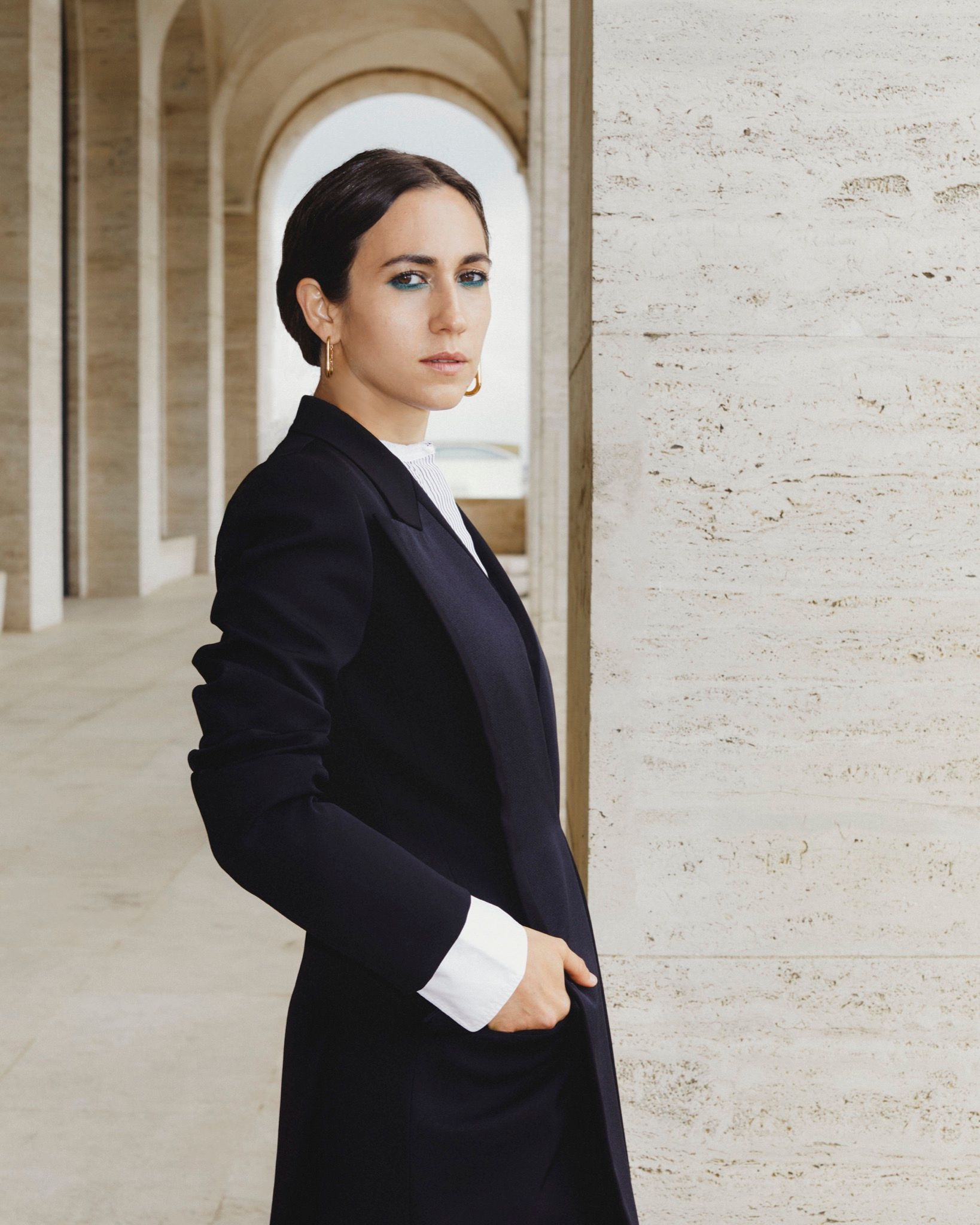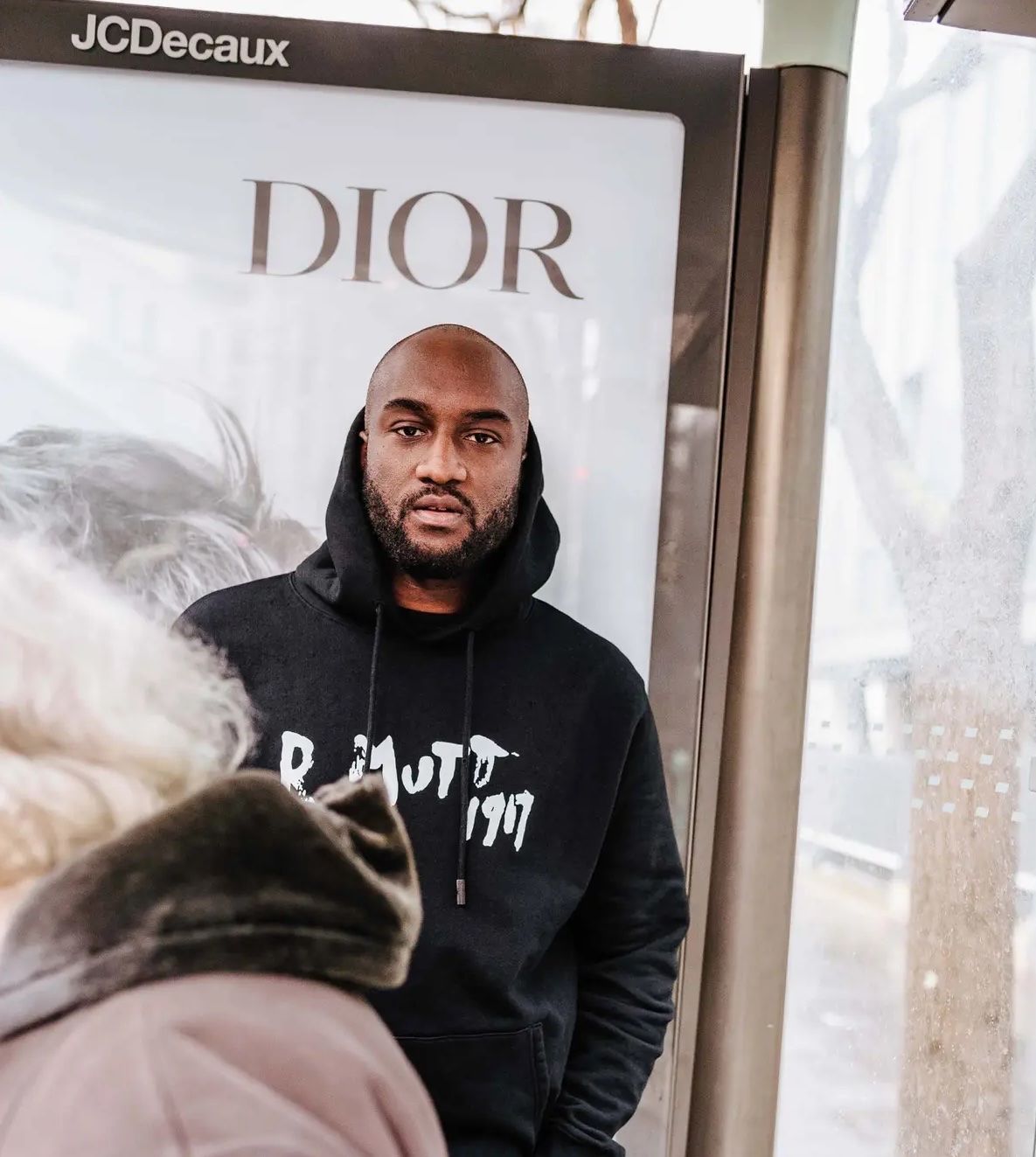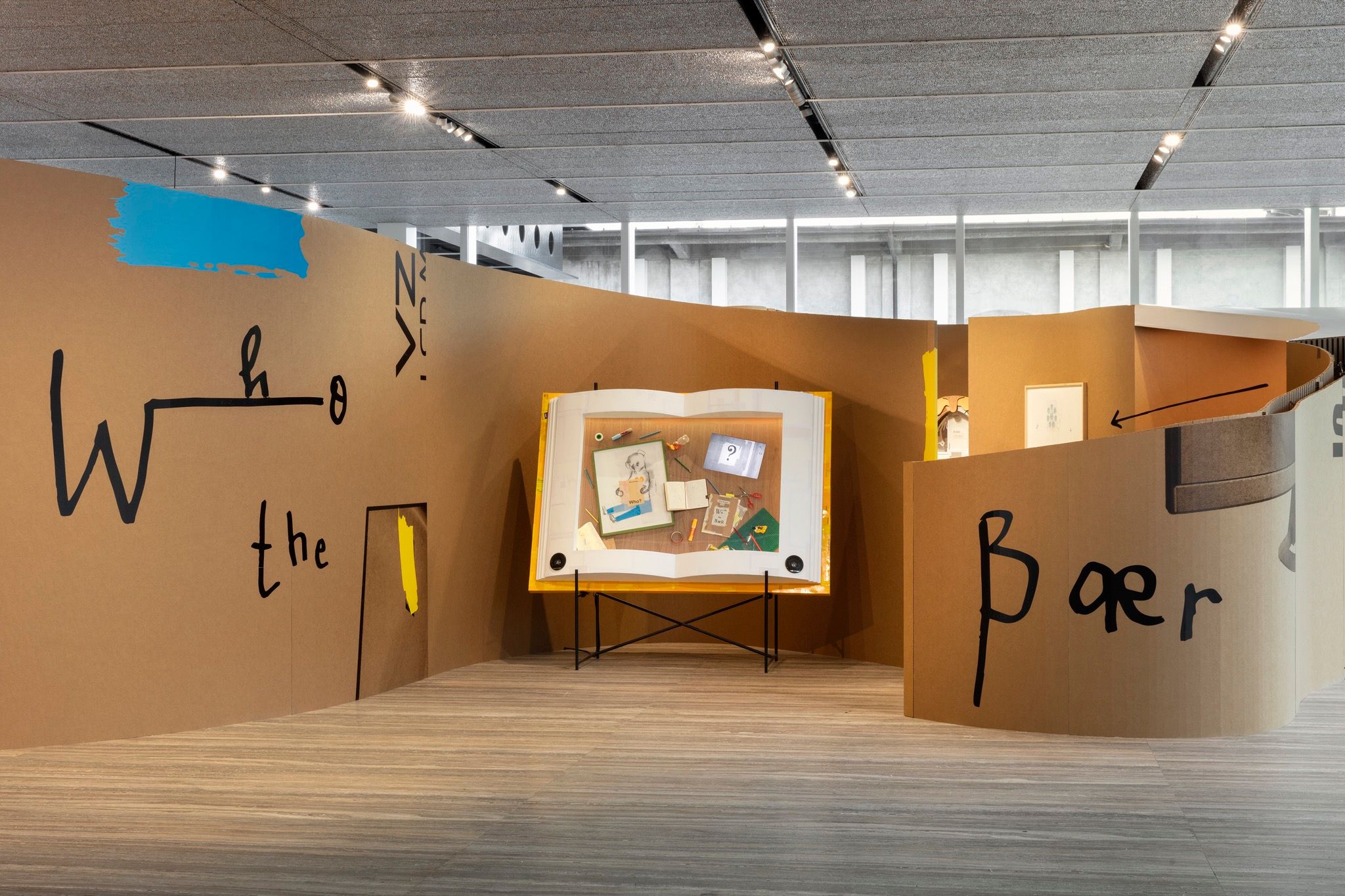“We want things to be seen differently”: Camilla and Giulia Venturini’s MEDEA
|Paige Silveria
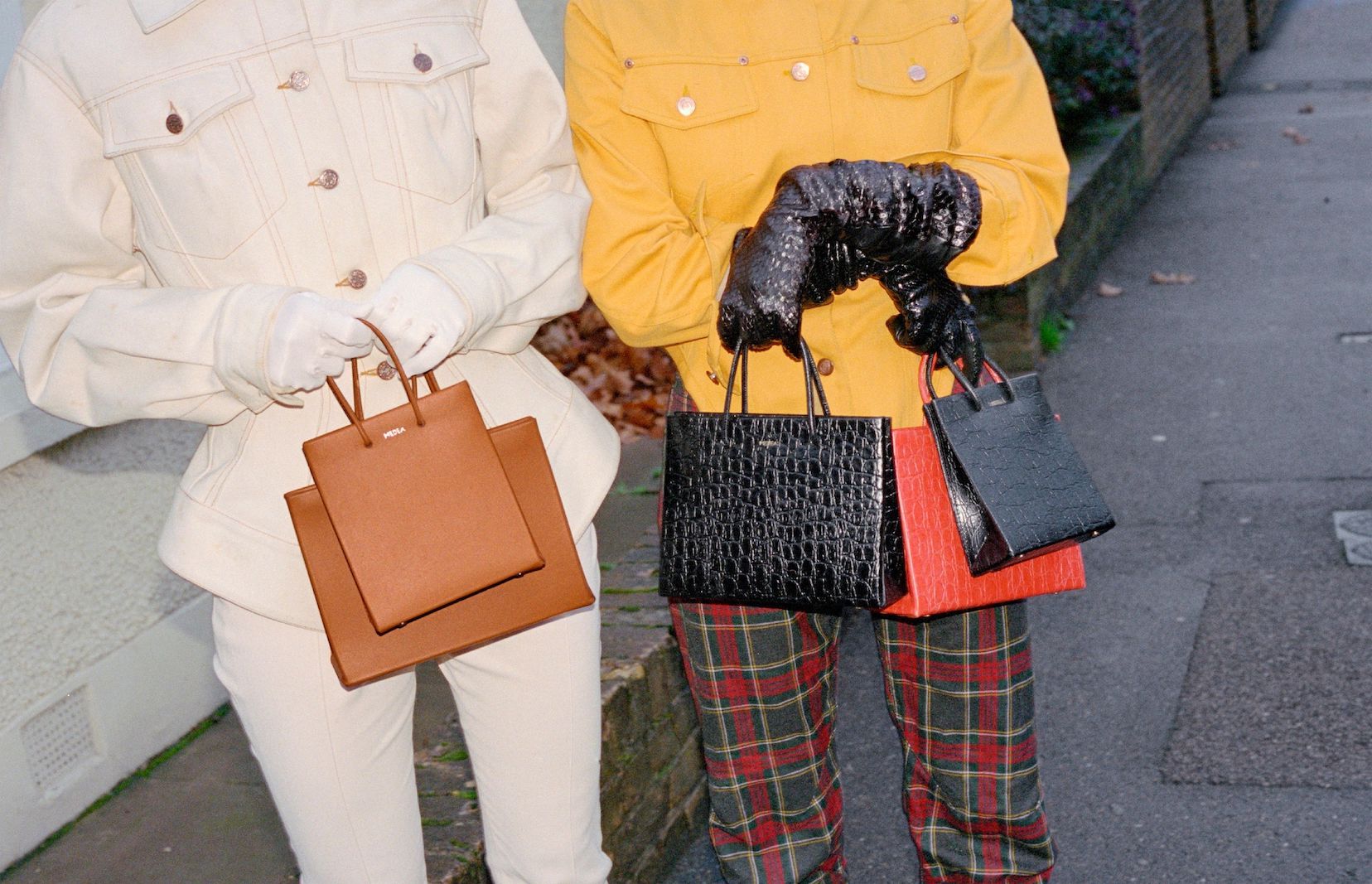
In the prologue of Pier Paolo Pasolini’s 1969 film Medea, a bearded centaur imparts some confusing ancestral knowledge to a naked five-year-old boy. The boy listens – though he seems to know as little Italian as I do. In the next scene, a prisoner who is unable to stop laughing is violently dismembered by guards in front of a crowd. Members of the crowd subsequently rush up to the body to collect the bloody flesh in wooden bowls – then eat it.
Inspired by Pasolini, Camilla and Giulia Venturini took the name Medea for their new accessories label, which channels the dark and the absurd in their increasingly visible “it” bags. The design duo (who are also twin sisters) use simple gestures and objects to gently subvert received ideas: one object in their first collection, which launched less than a year ago, looks on first glance like a brown paper bag. Upon closer inspection, though, it is revealed to be made of luxury-quality calfskin – a critique of value, perhaps, conceived as a neo-Dadaist trompe l’oeil.
Pasolini’s film ends as the iconic soprano Maria Callas, cast in the title role for her only appearance on the silver screen, turns to her nurses and dramatically declares herself to be like a vessel bearing experiences not her own. Medea’s bags are similarly conceived: they carry stories – often, humorous and unpredictable ones – that belie their immediate forms.
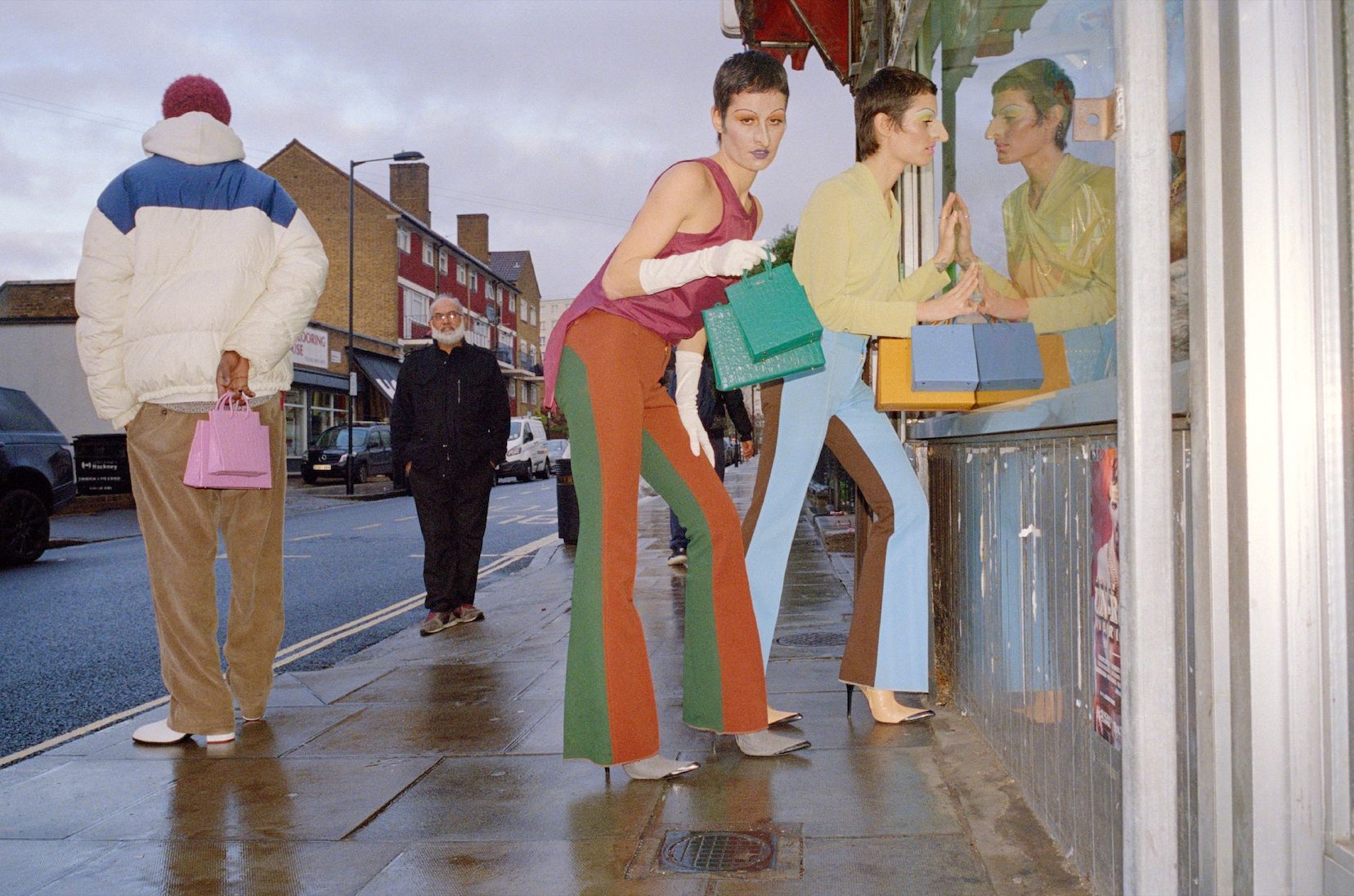
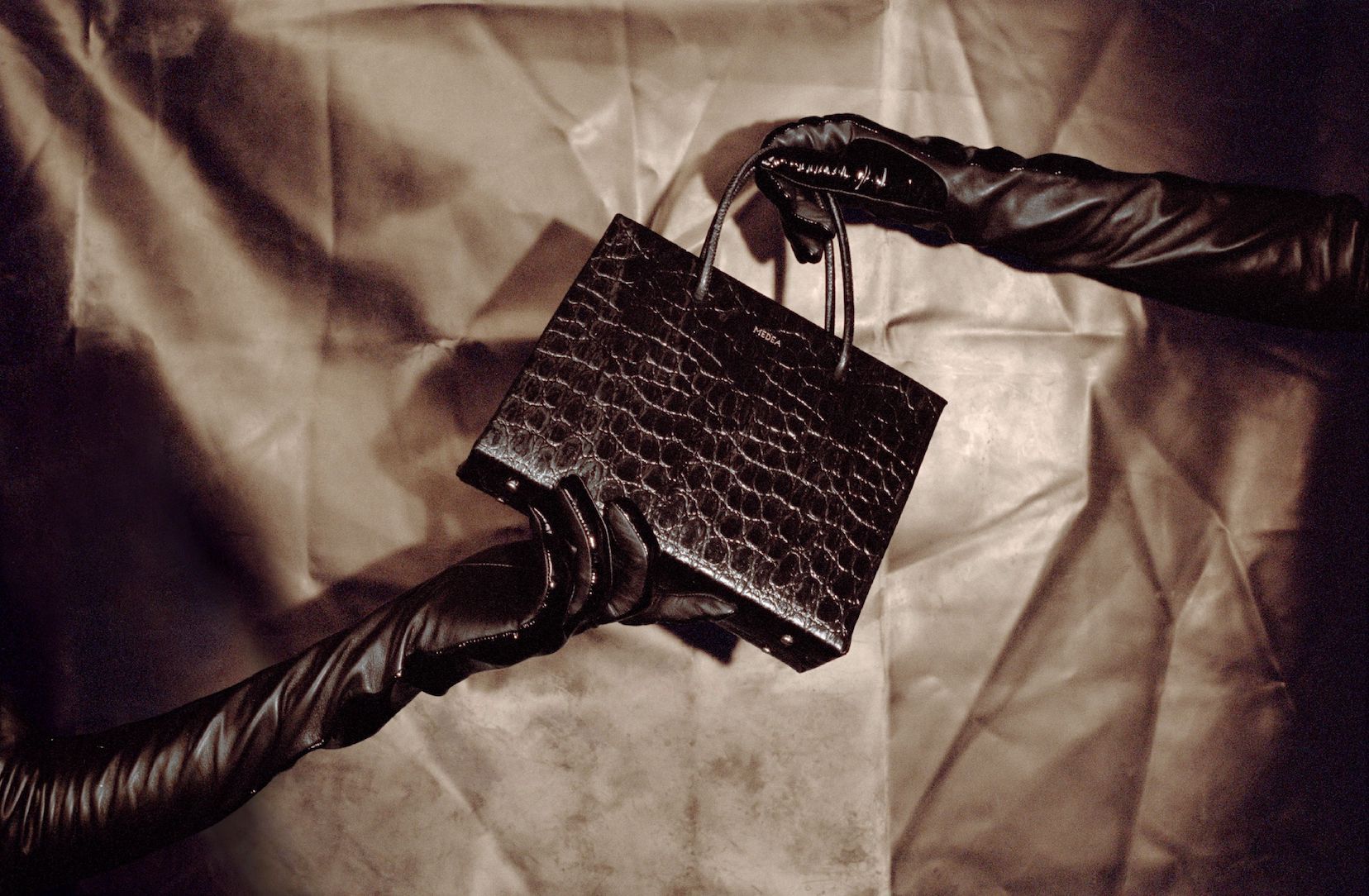
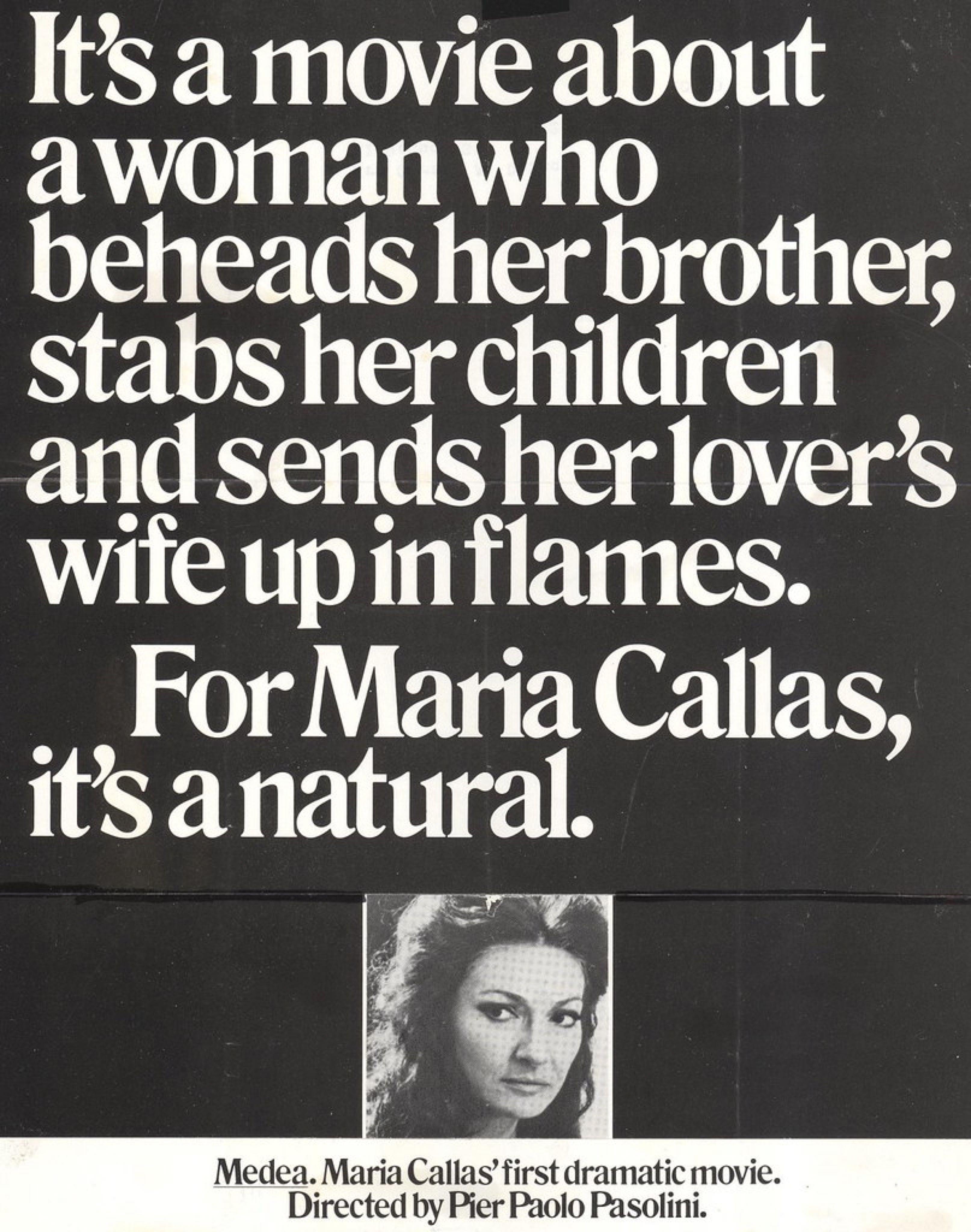
Tell me about your latest campaign with the prosthetic noses [by Isamaya Ffrench]. I loved it. Can we expect to see more of this approach?
It was kind of scary because it wasn’t the usual type of campaign. We want to make some kind of earring or something with the noses – maybe a sculpture. We’re launching the next collection in Paris this month, and we’re working with a new artist on a collaboration that’s going to come out in September. We’re introducing small accessories – wallets and stuff like that. And we’re starting to think about the next campaign. We’re a little bit late – we have too many ideas in our minds! So we’re ranking everything to see what we want to do next: what materials, what new shapes.
Giulia, you worked for Toiletpaper magazine after school. And Camilla, you moved to New York to work with photographer Ari Marcopoulos. Have those experiences informed how you work on Medea?
Over ten years or so we did so many different things. We were never working with big teams, so we both learned a lot. I think when we started Medea, we understood the production side of things. Like, someone can have an idea for a photoshoot or an object, but few people know how to produce things. Getting from A to B, there is so much in between; if you don’t know how to do it fast and efficiently, time will go by and money will go by. We know how to save money. We really know how to juggle things in a good way and that has helped us a lot. We’re very self-sufficient people.
Impressively so. Is that how you were brought up?
We grew up in the countryside, in a very small town in the north of Italy, not far away from Lake Garda. We were very free. We enjoyed a lot of nature and didn’t play video games. But we had big plans and so when we turned 18, we needed to move away. We went to Milan and studied communication. Our mother was like: “Do you.” We were never taught how to use makeup or told what to do with our hair or how to dress. Now we do have to dress up, but we don’t really think it’s very important at all.
Since we don’t really come from fashion — we come more from the art and photography scene — we have a different vision. We take time when coming up with ideas for the bags. We scrupulously think about the message. For some, the Medea bags may just be bags, but for us, they’re more than just an object. Every time we shoot a campaign or work with an artist, we want to open people’s minds a little bit. It’s not just about fashion. It’s about movies and art. When you love things, you want to bring them into your work. You want to use them for inspiration.
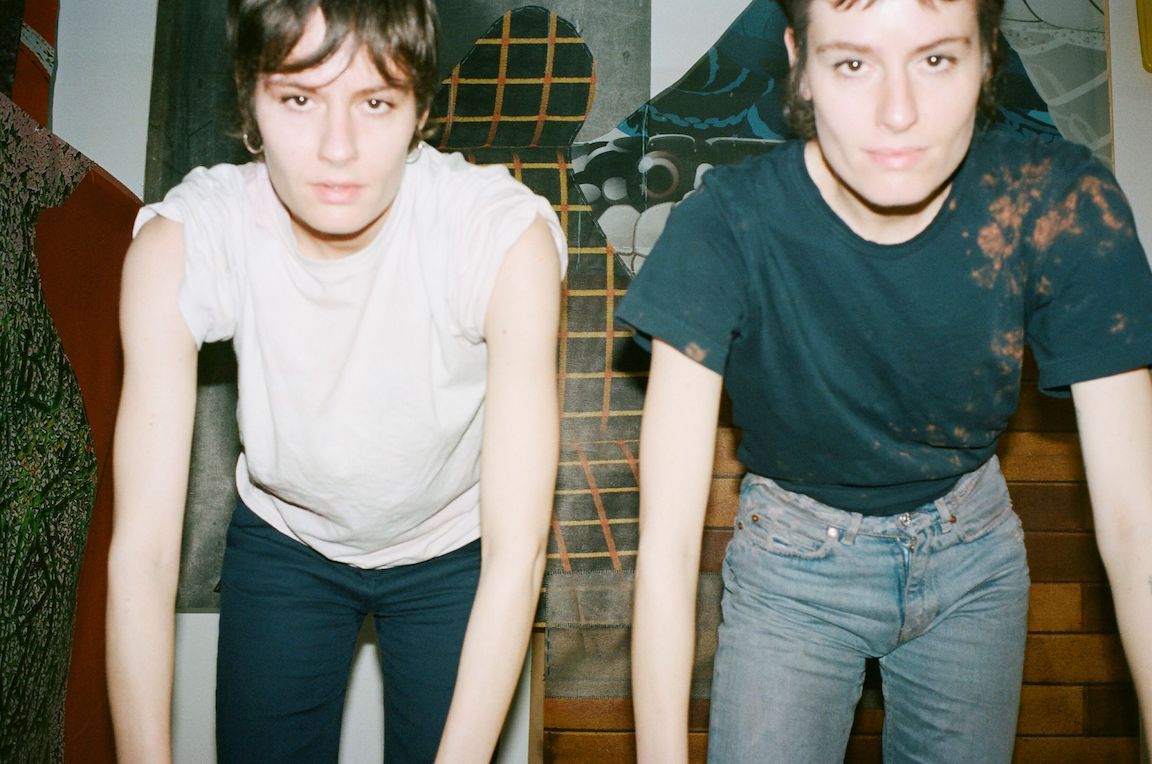
The name Medea comes from the Pasolini film – how does that inspire your work?
It’s a very puzzling movie! That said, if we were existentialists, we would probably be influenced by Emil Cioran! We’re not too influenced by what other designers do – we’re interested in people. And thank God, because if we looked at what other fashion people were doing, we would just be fabricating the same things as everyone else. We try to always make things in a way that makes people think a little bit. With our campaigns, collections and collaborations, we always want people to stop and think. We always want to add an underlying message – we want things to be seen differently.
What aspects of working together so closely do you like?
There is the kind of loyalty you don’t have with anyone besides your family – that understanding and cohesion. And maybe because we are Italians, family is very important. We get to do things way faster because of our bond. Other companies can be so slow. They have to respect people’s hours and things. For us, we can just communicate constantly 24 hours every day. Before, we would just constantly chat about random shit. Now, we try to have a business together. It’s really a family business, and we love that idea.
Do you have other siblings?
We have two older brothers. And they love the bags.
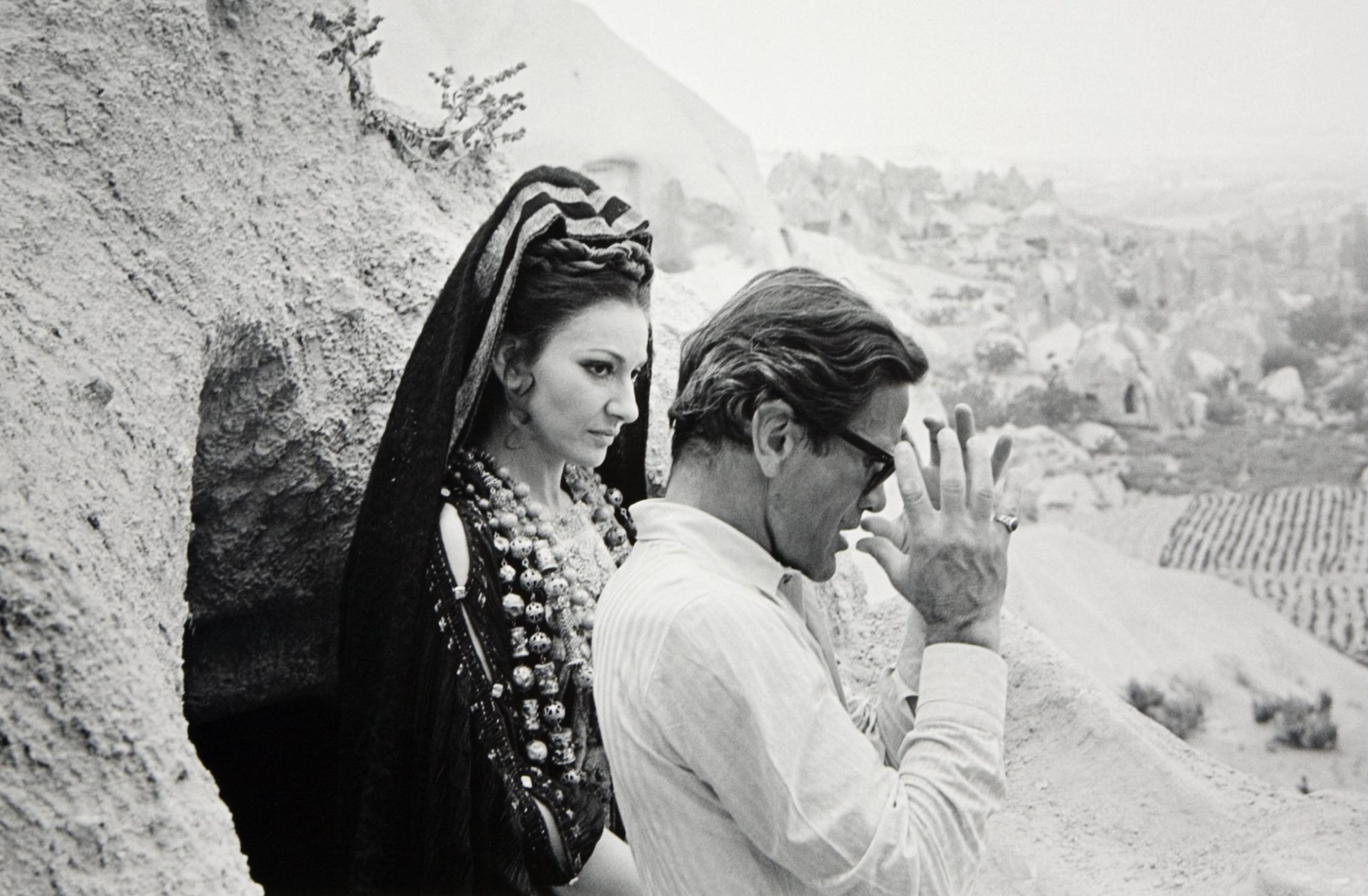
Credits
- Text: Paige Silveria
